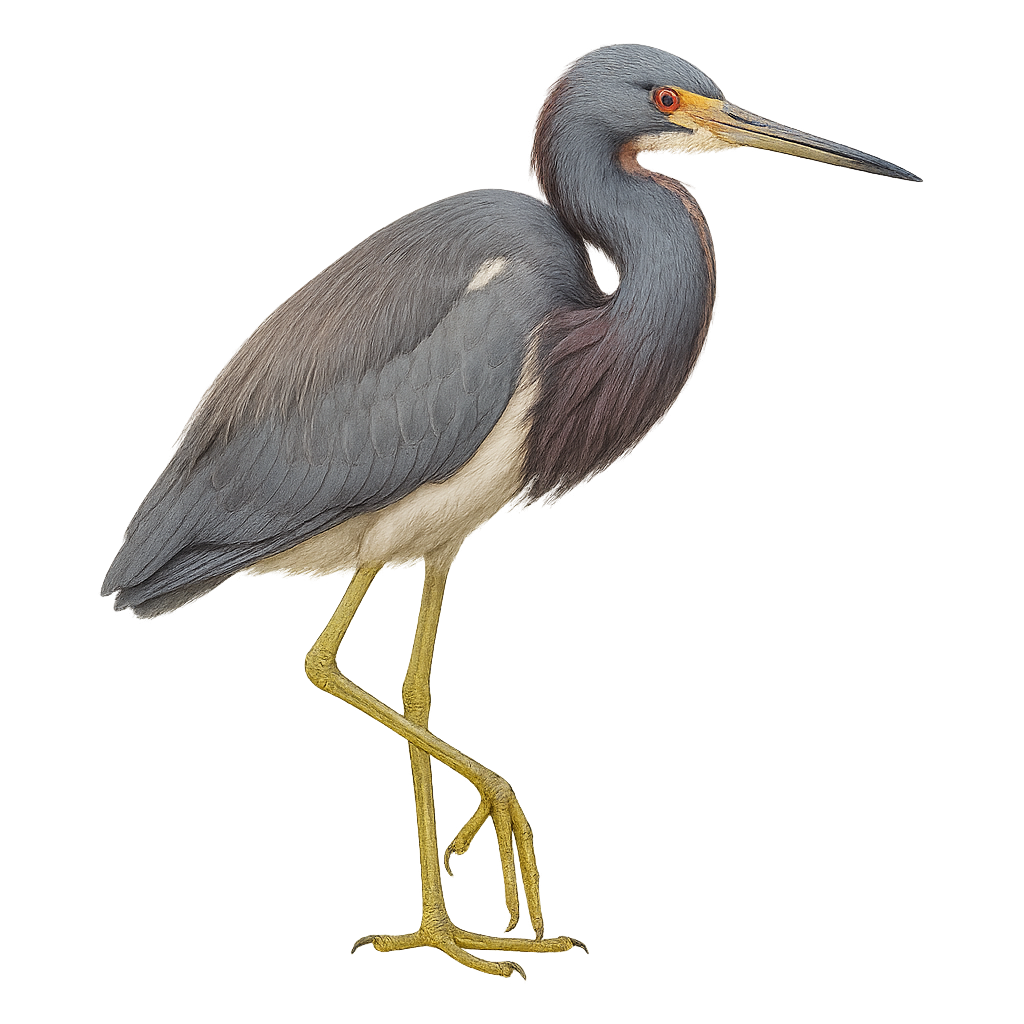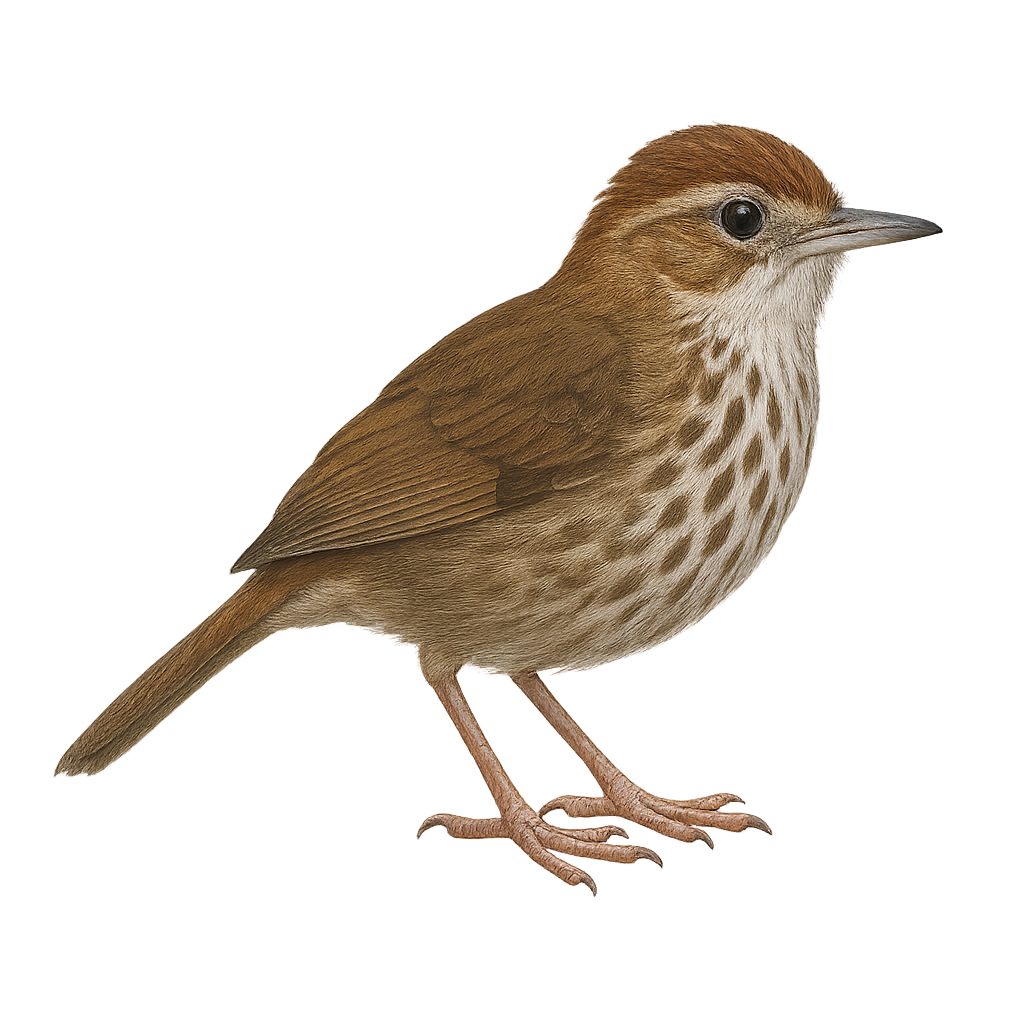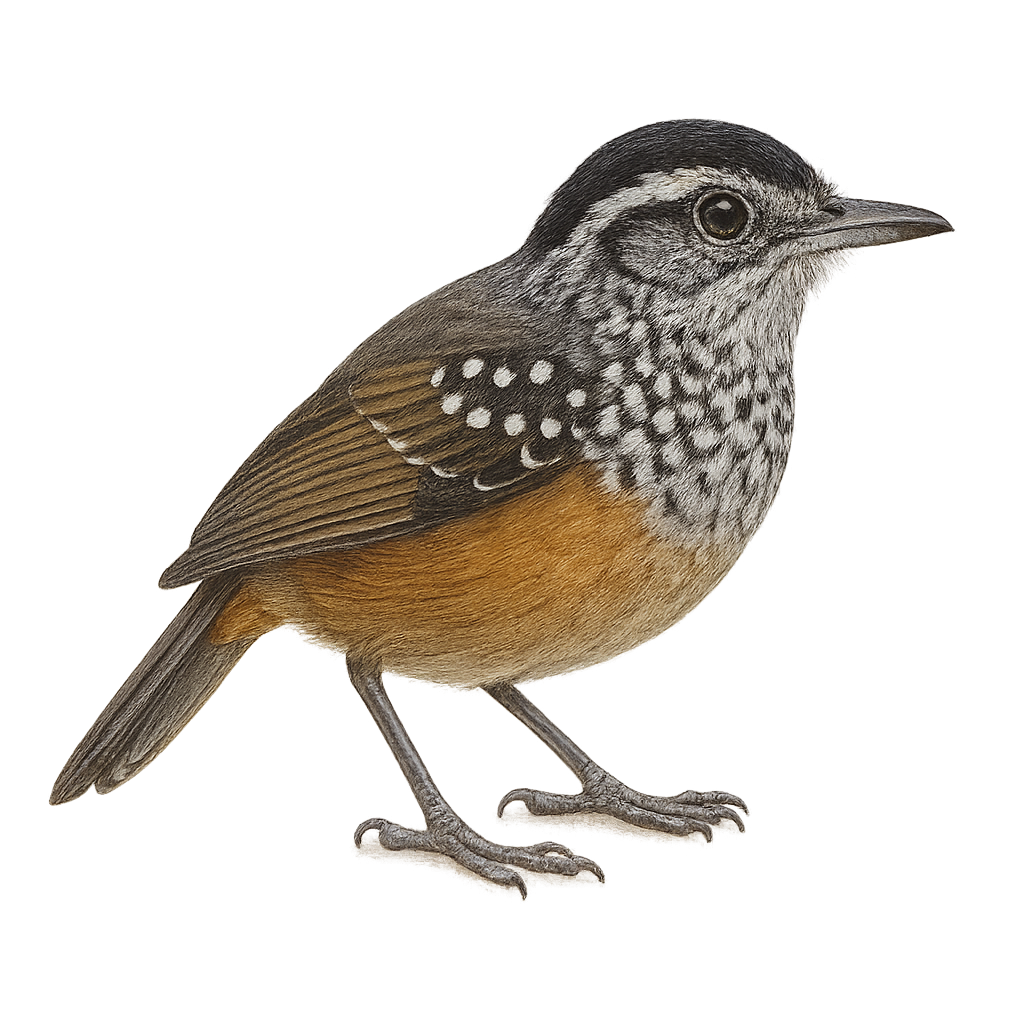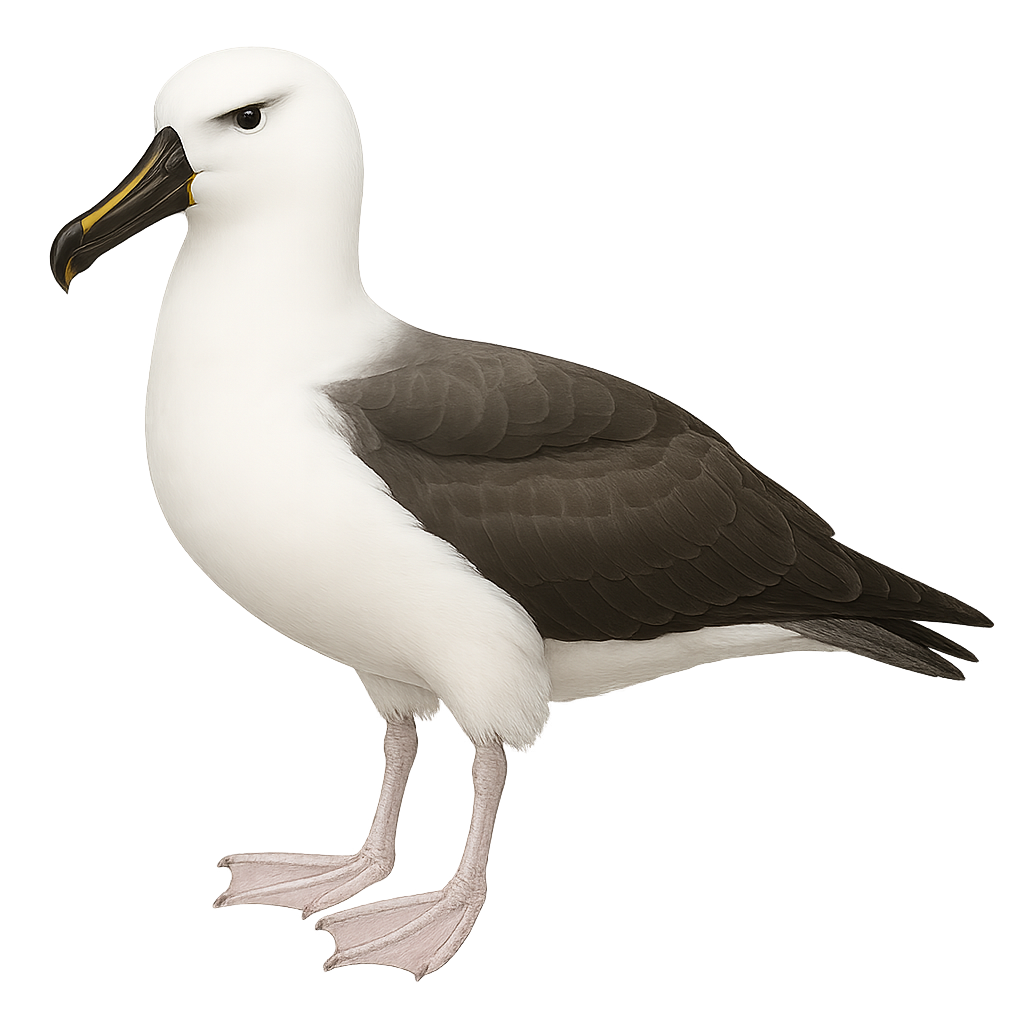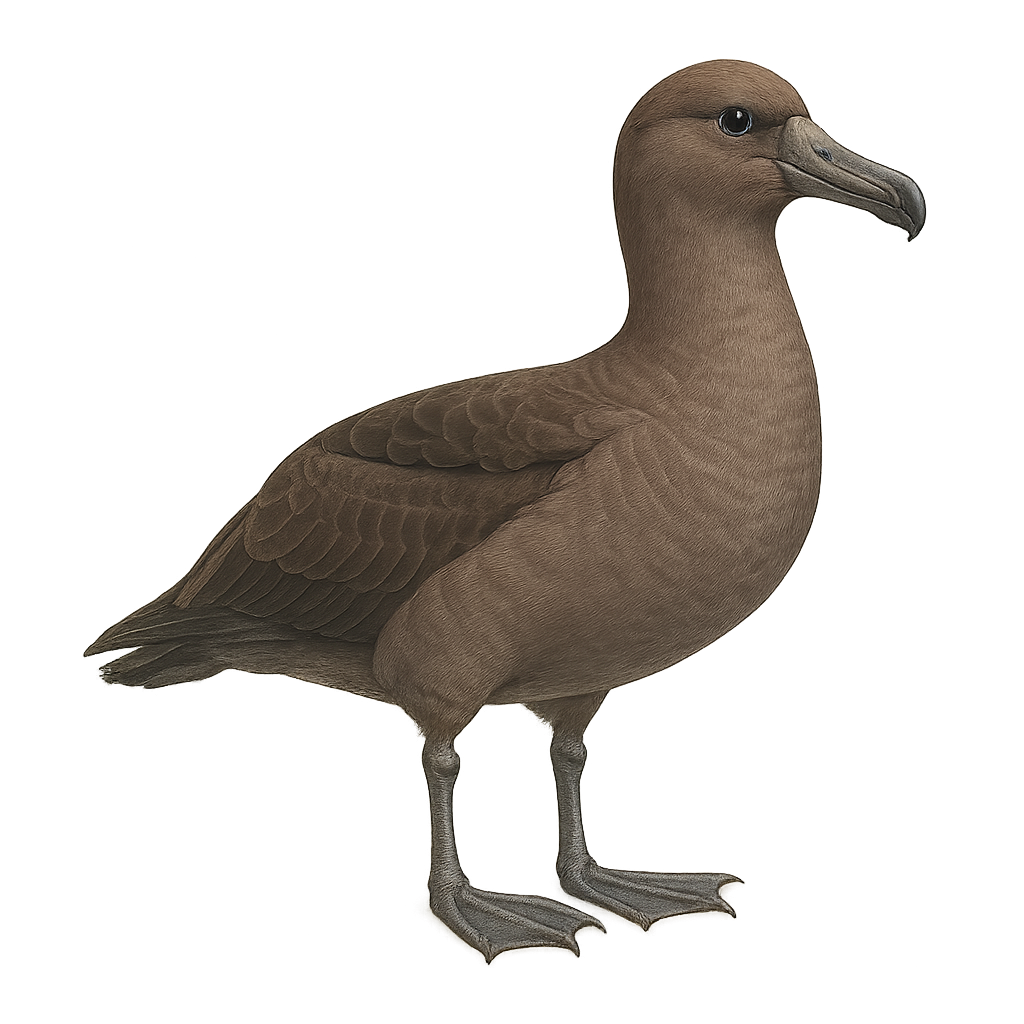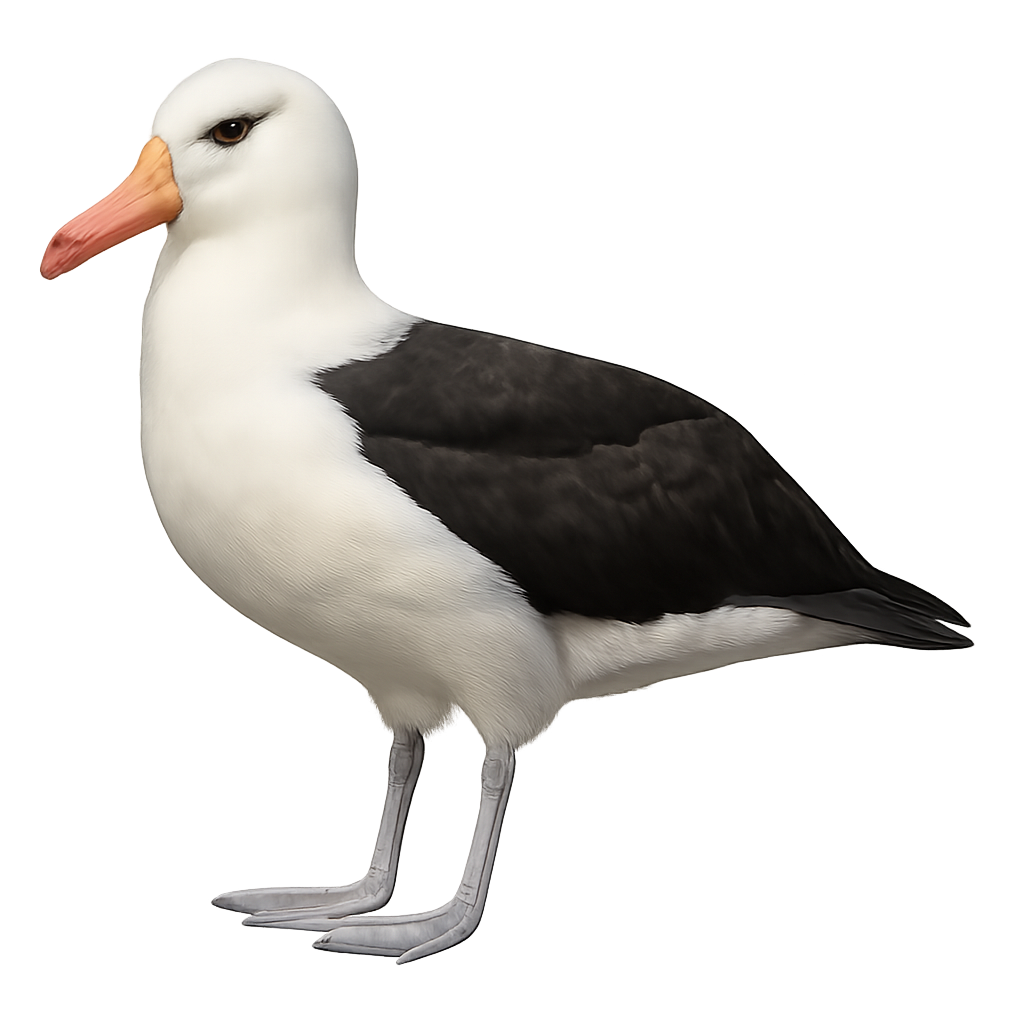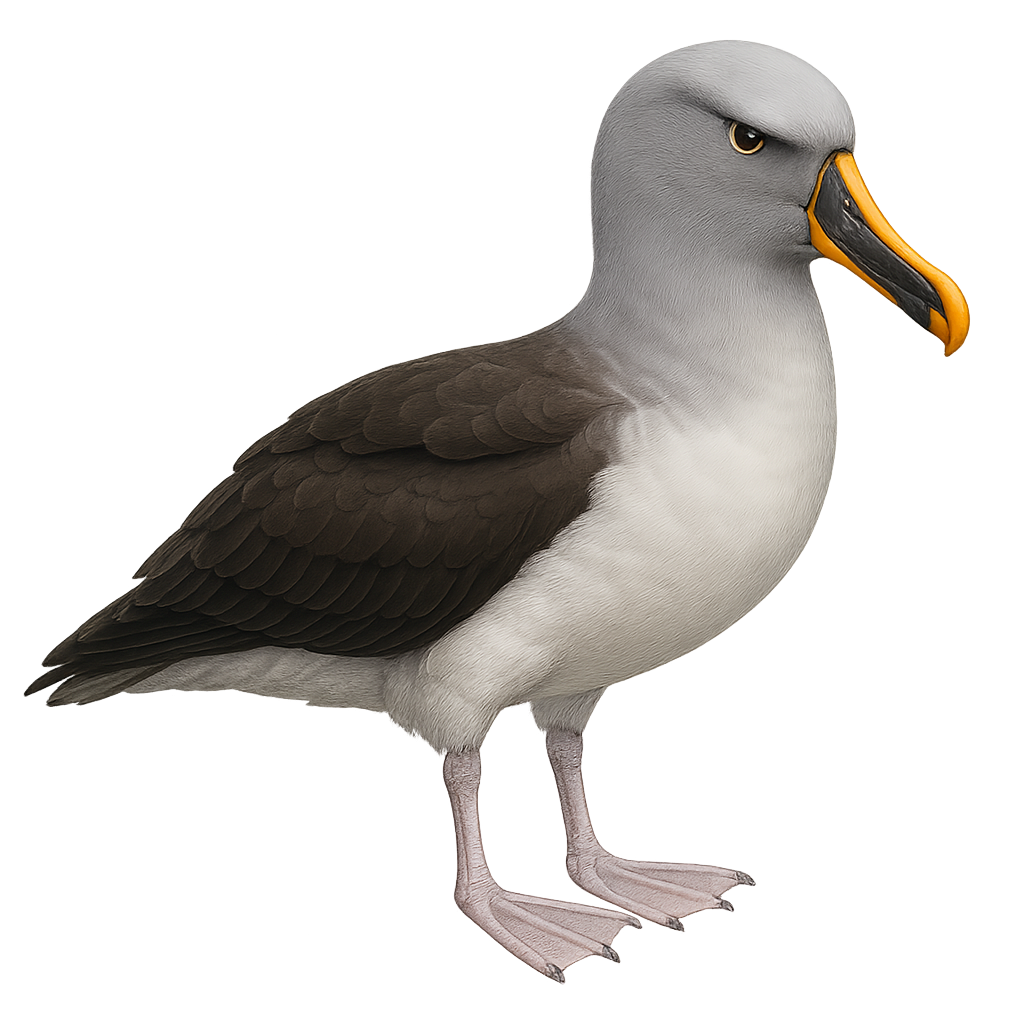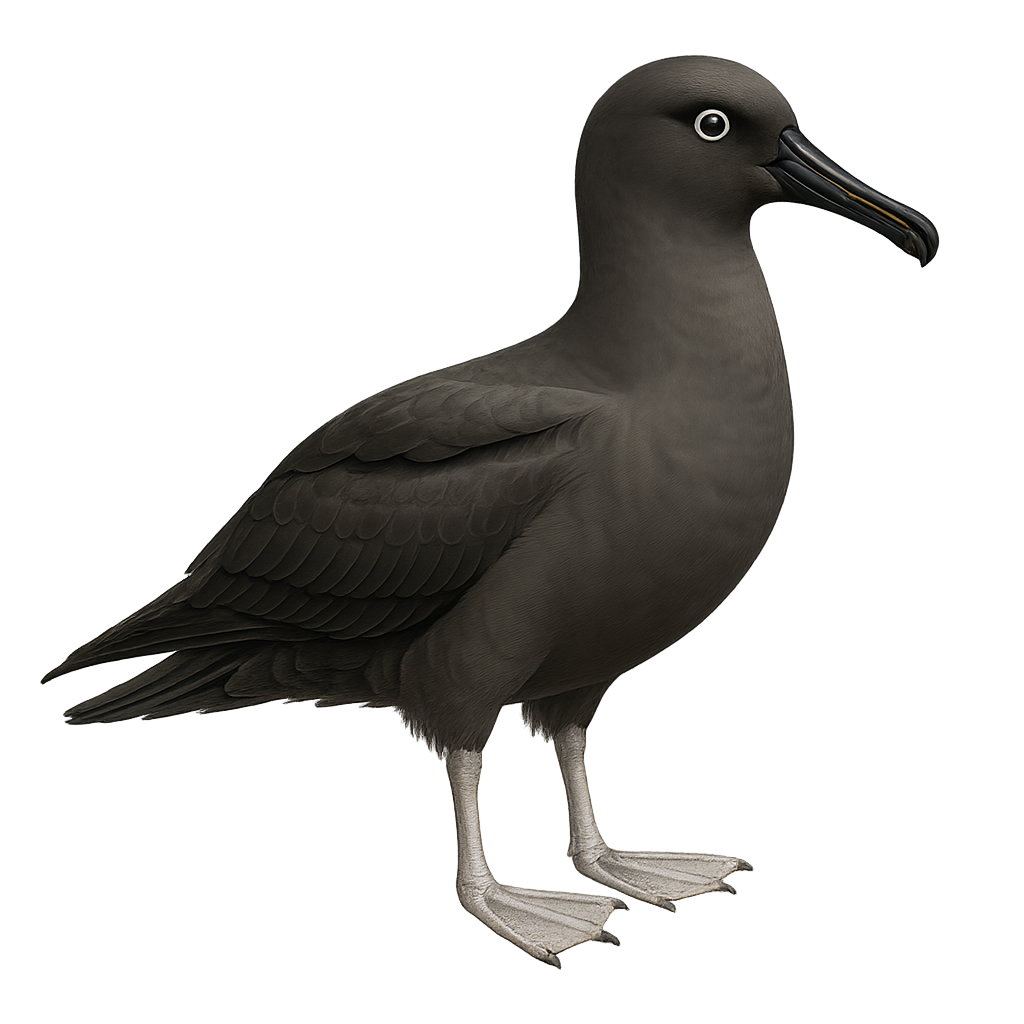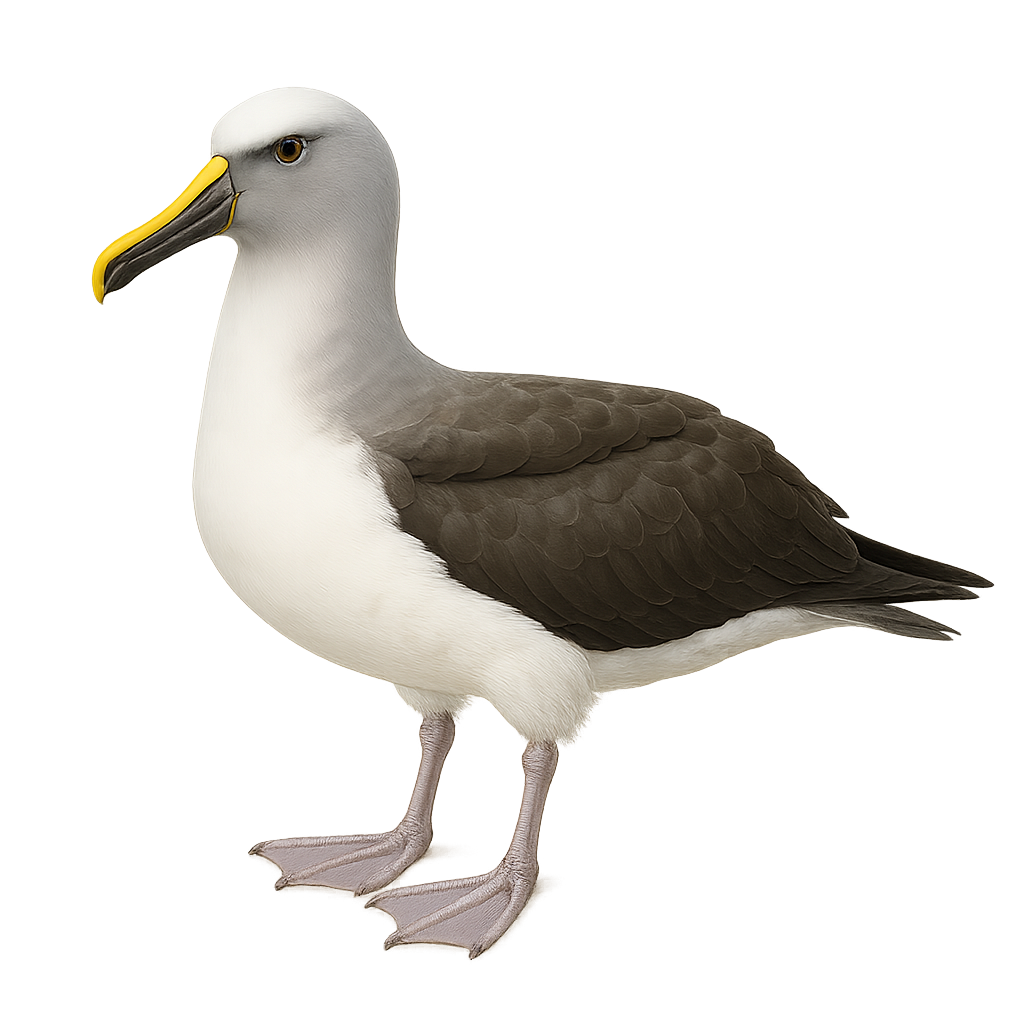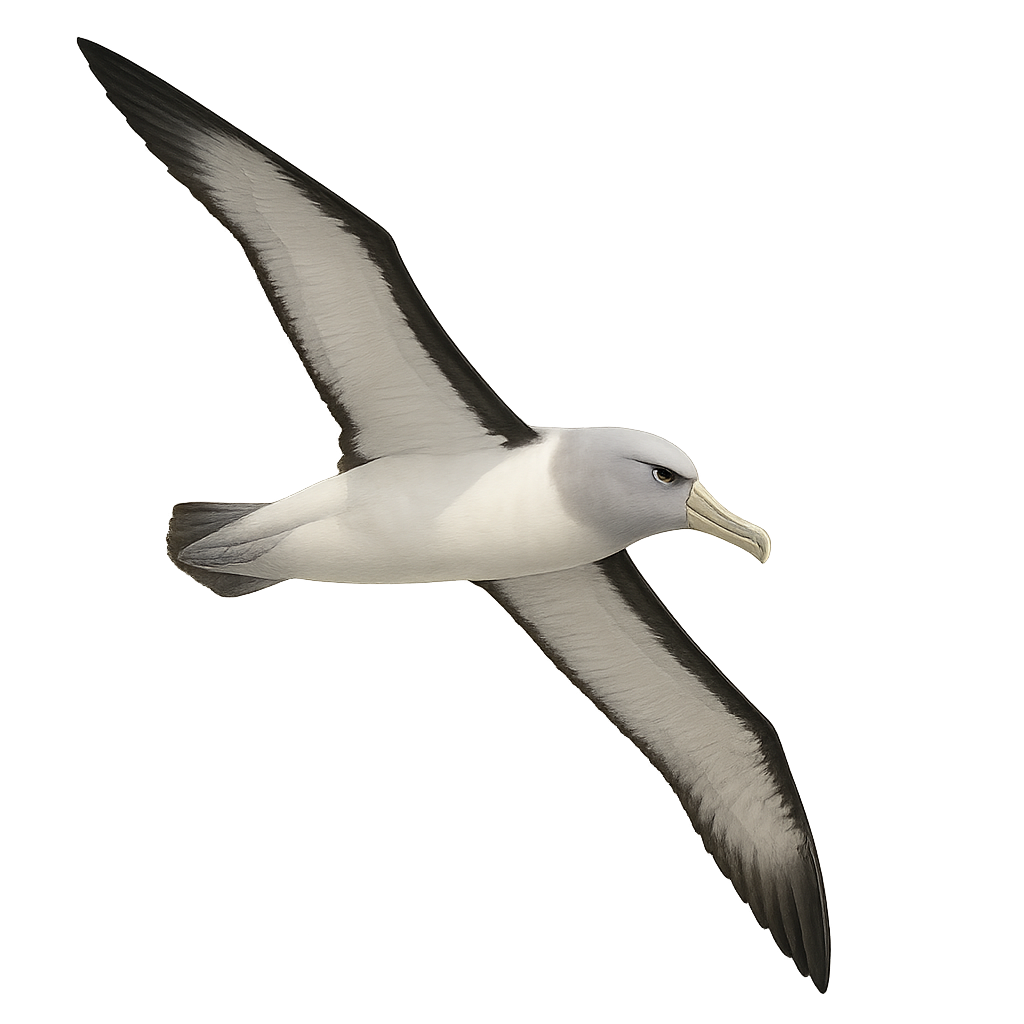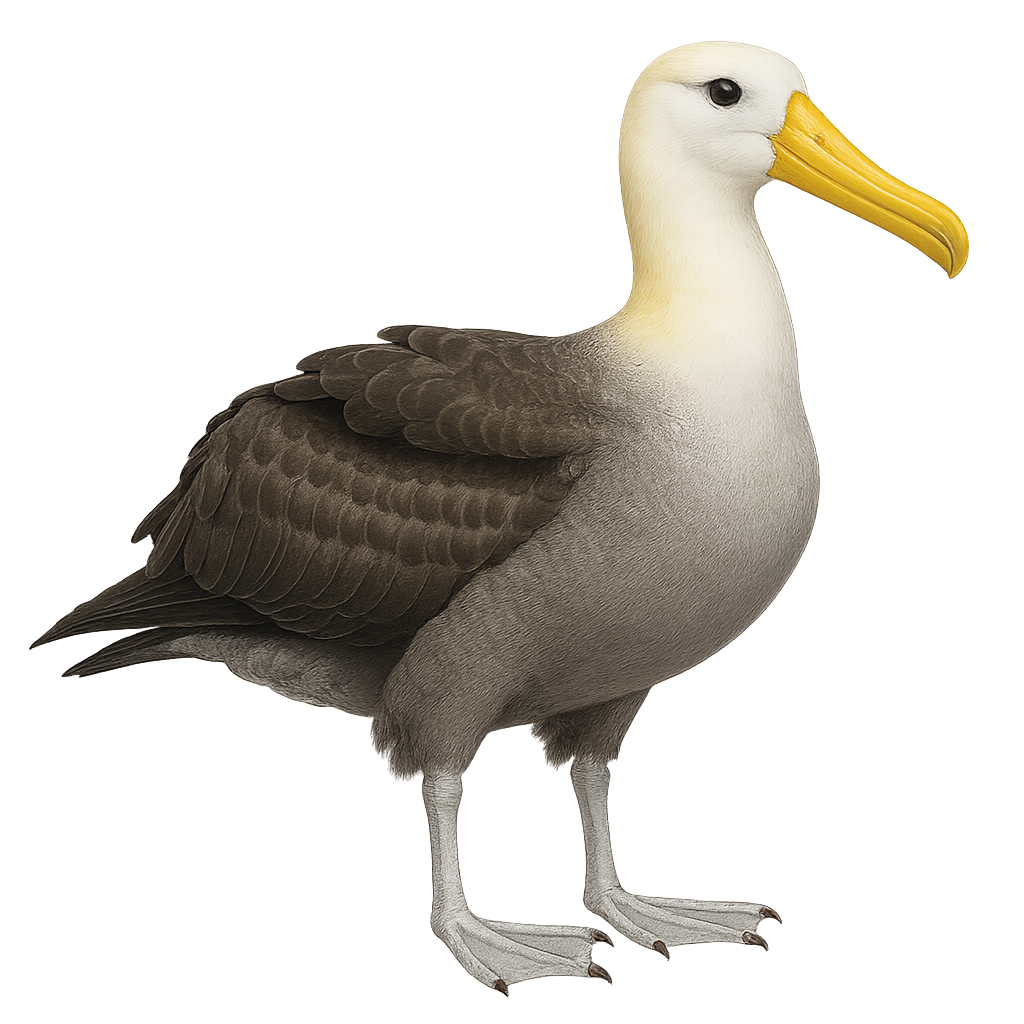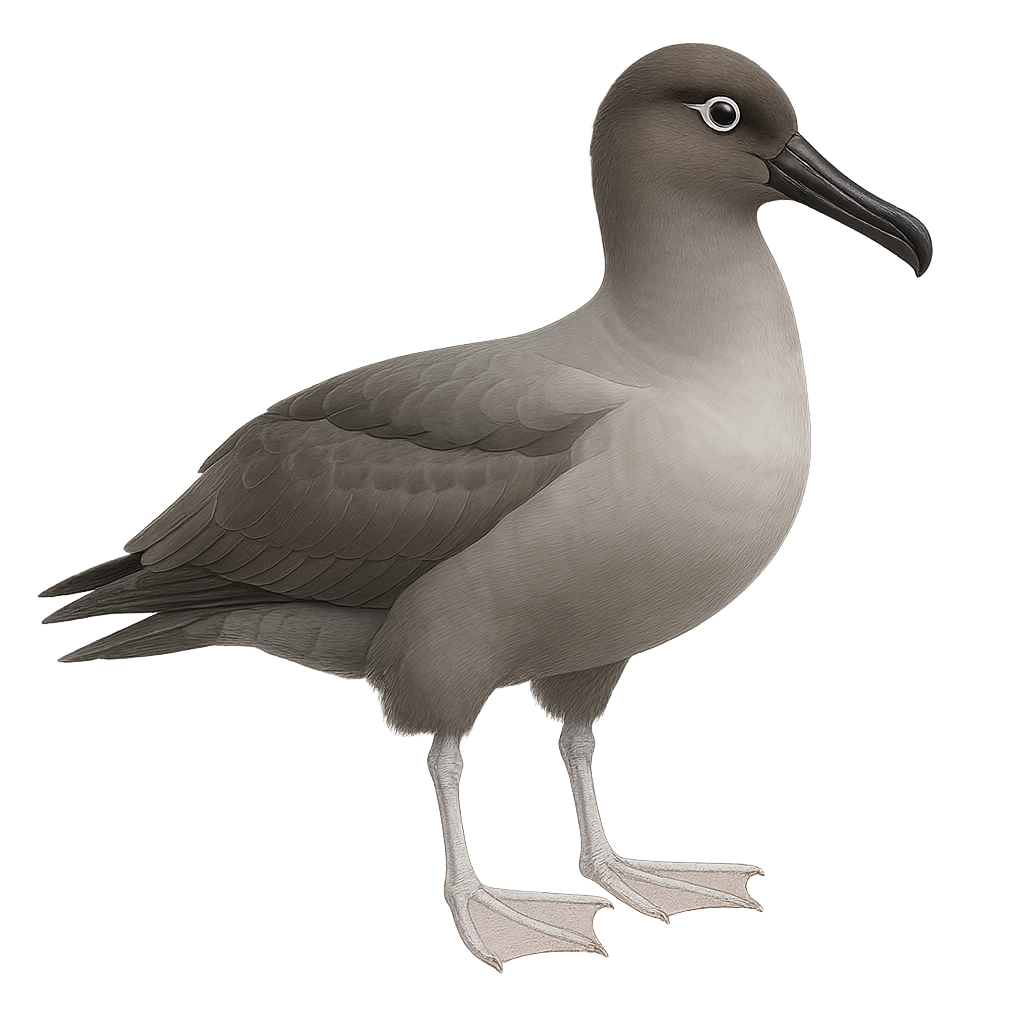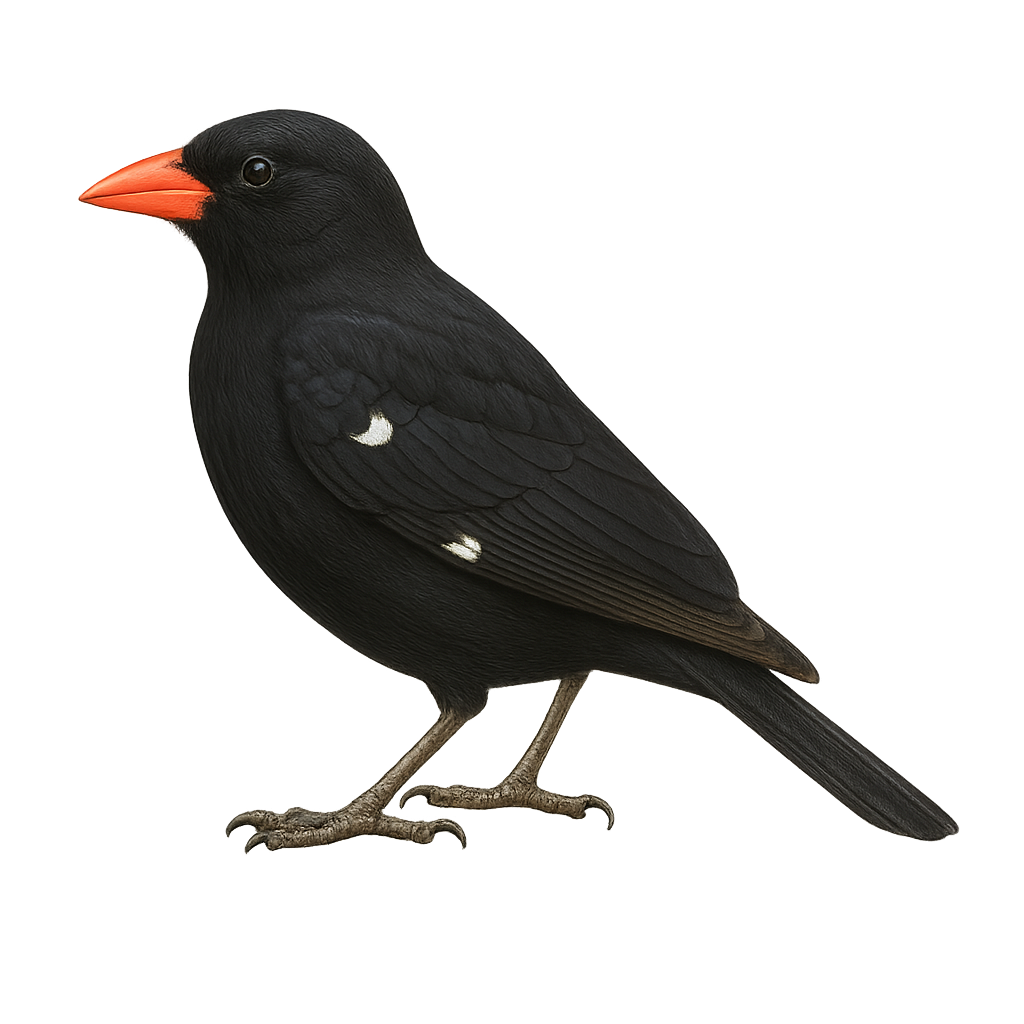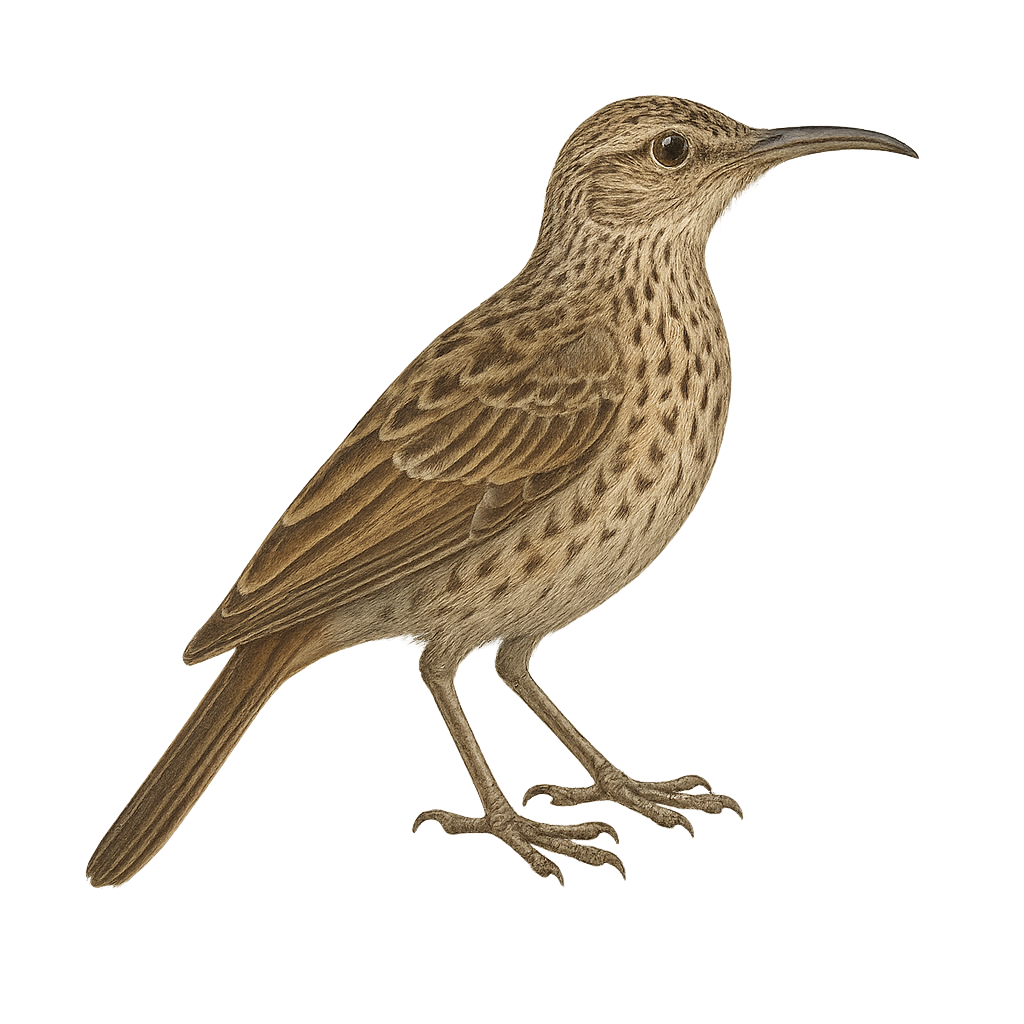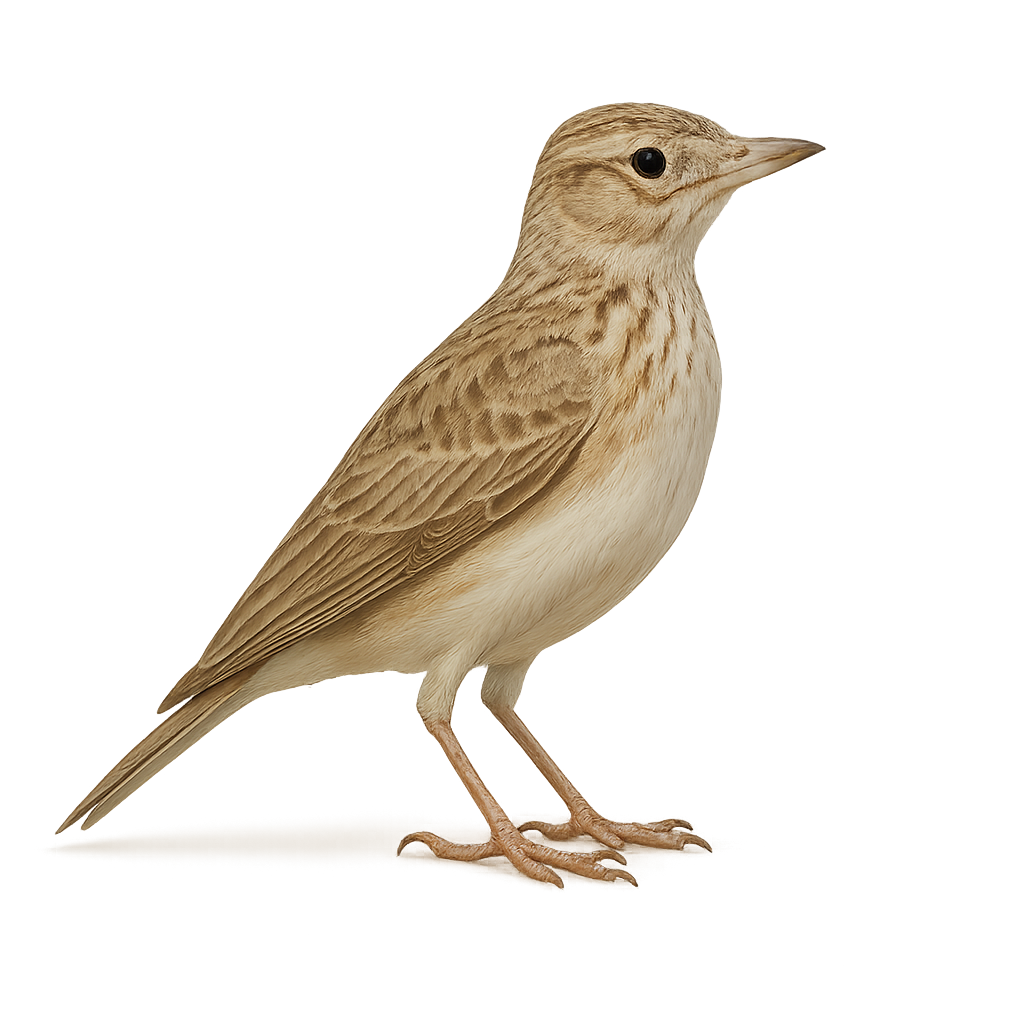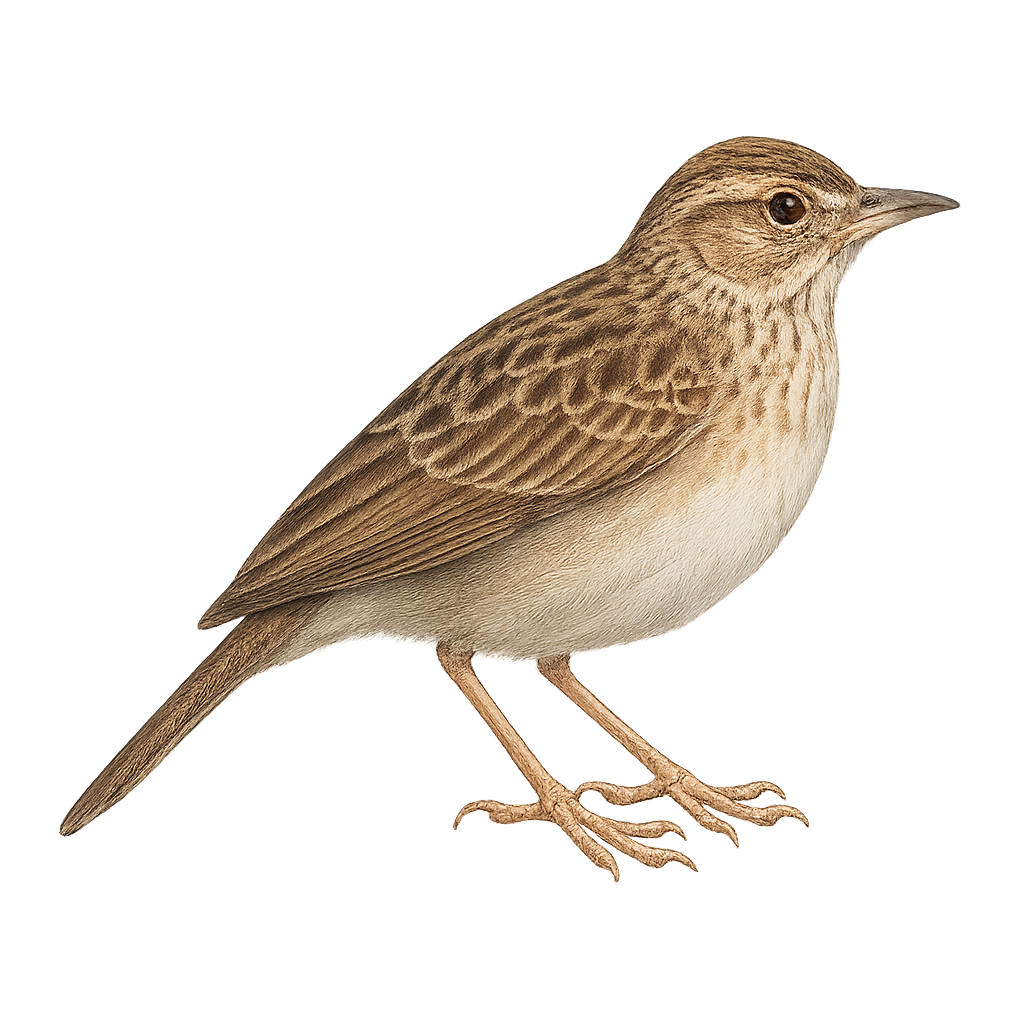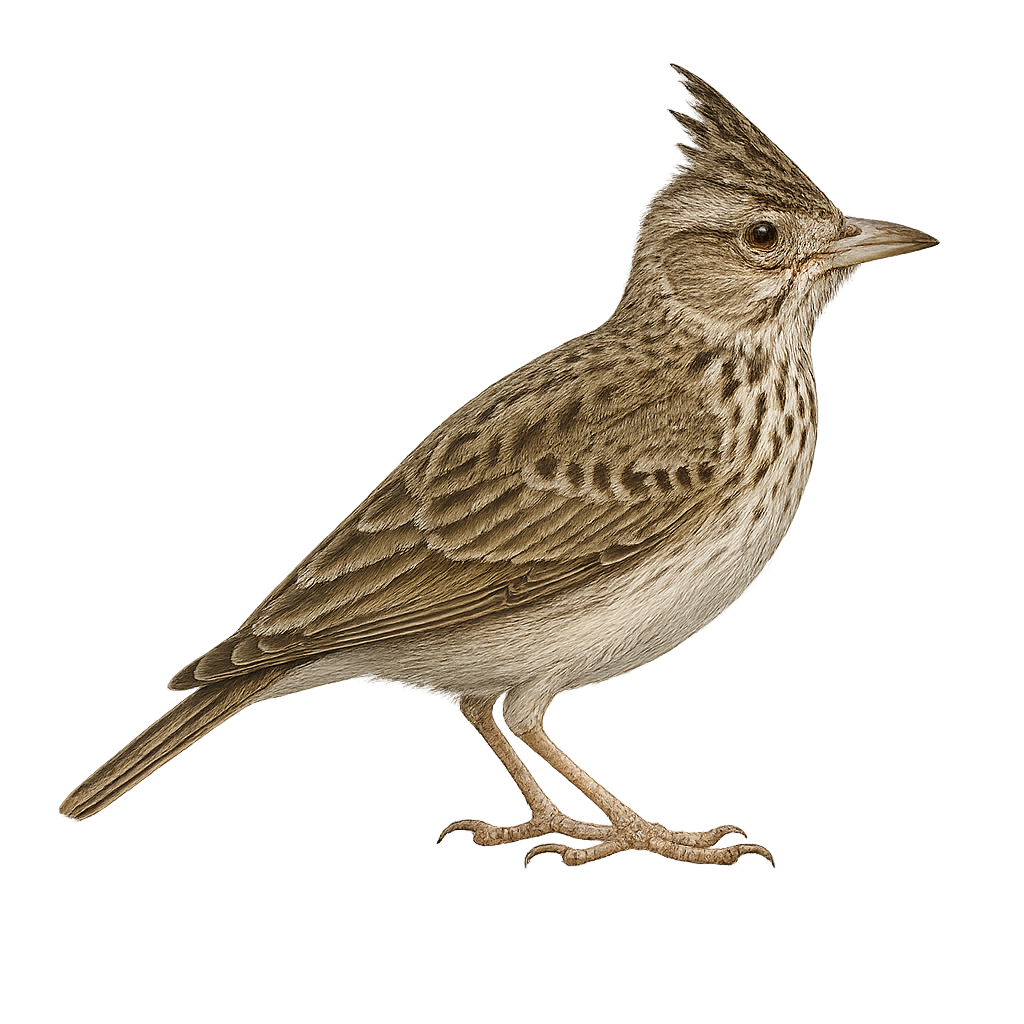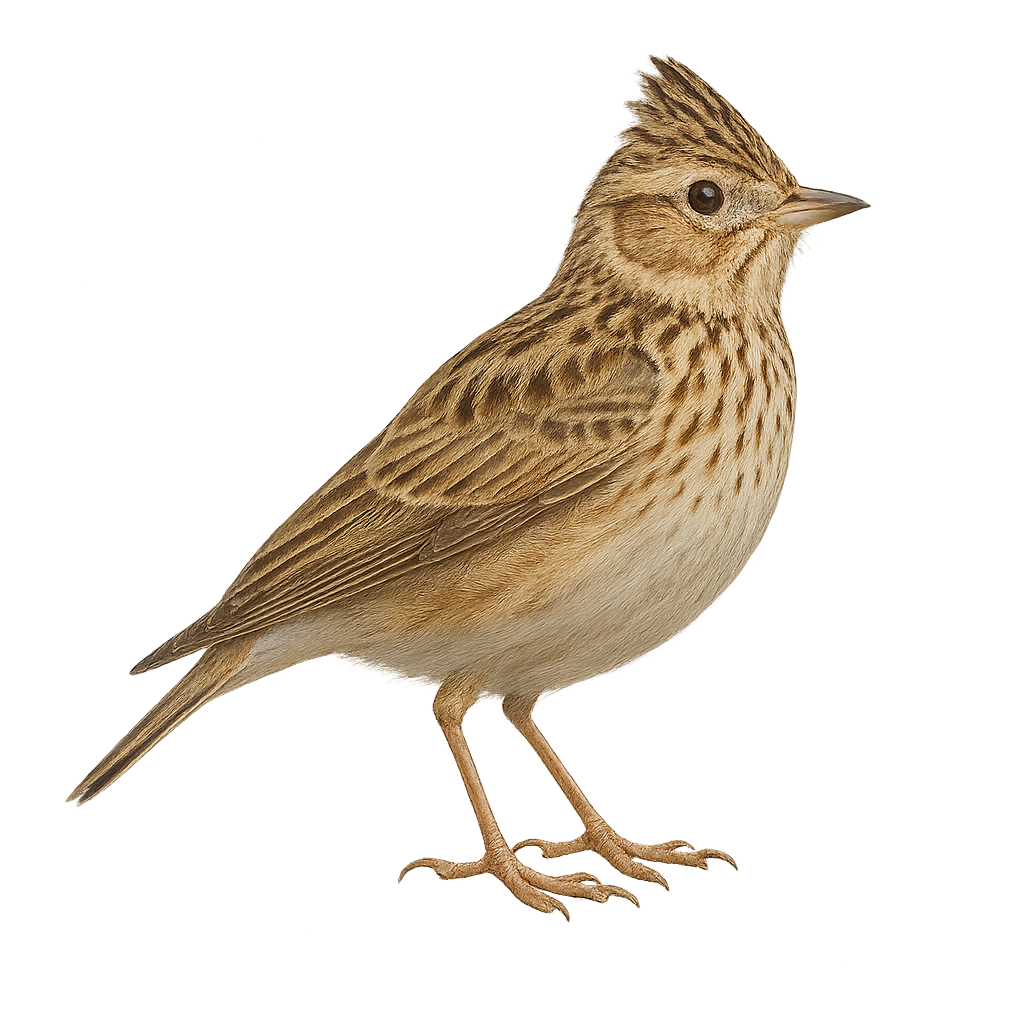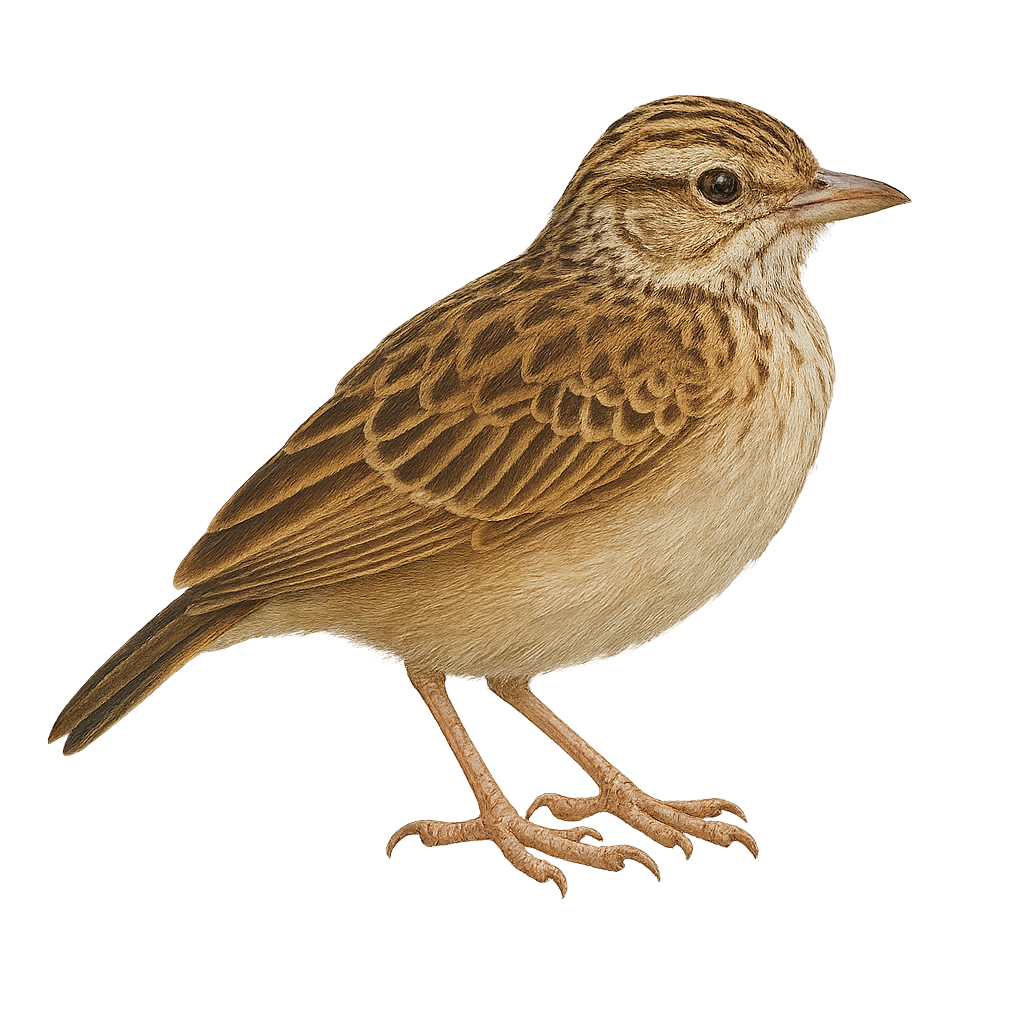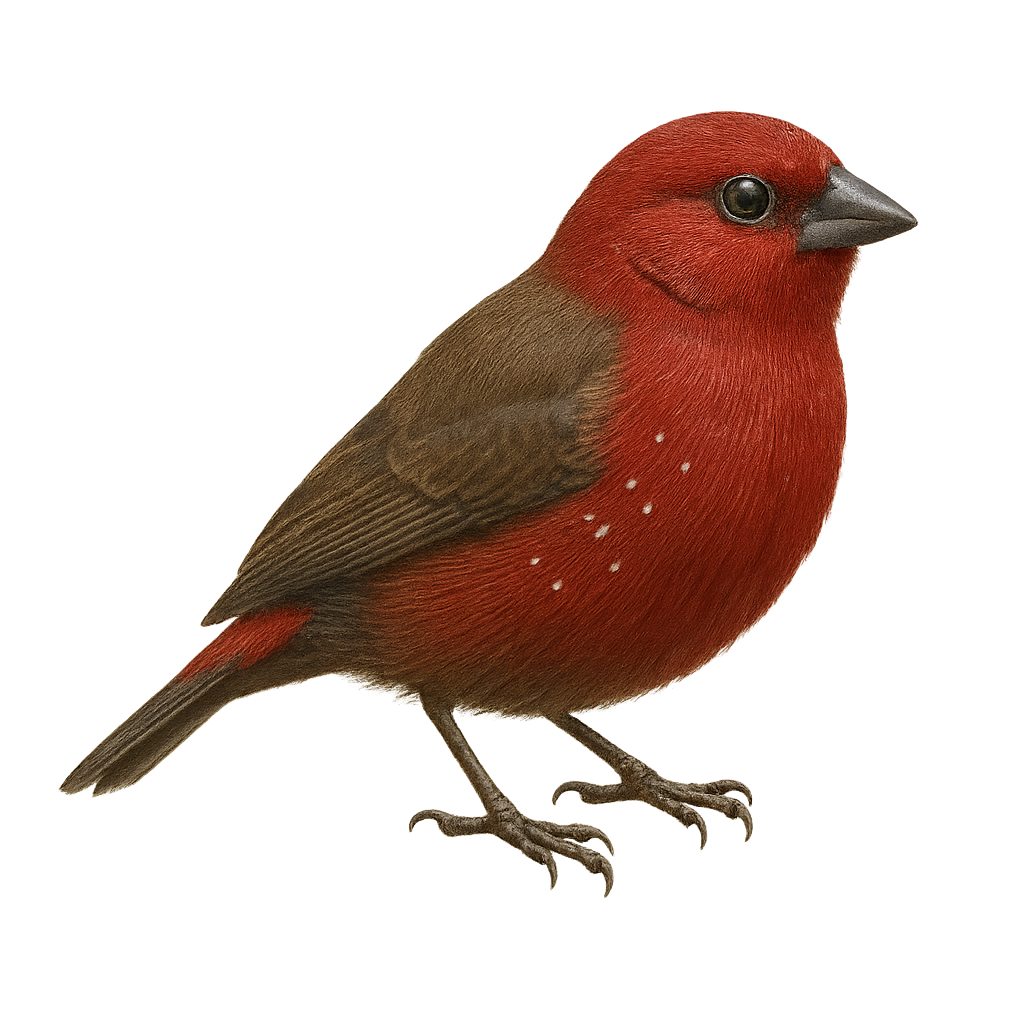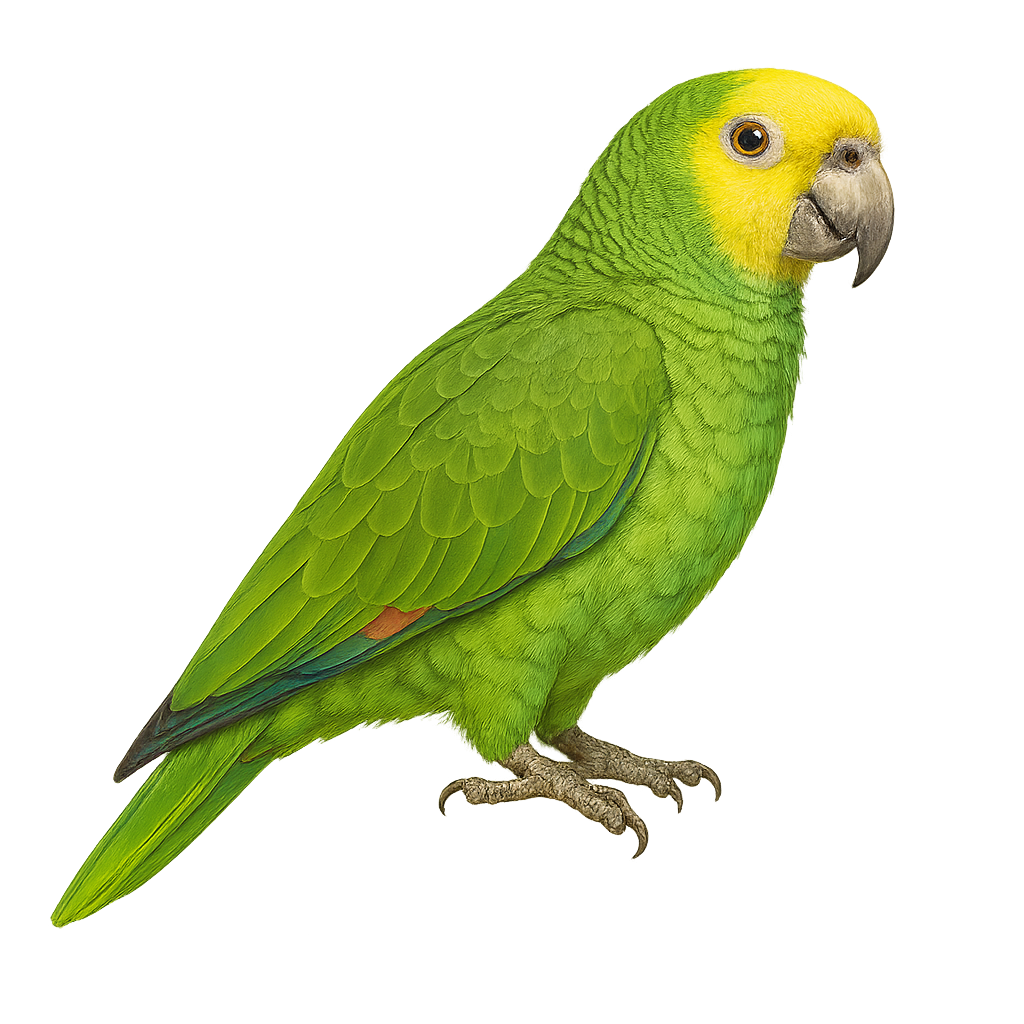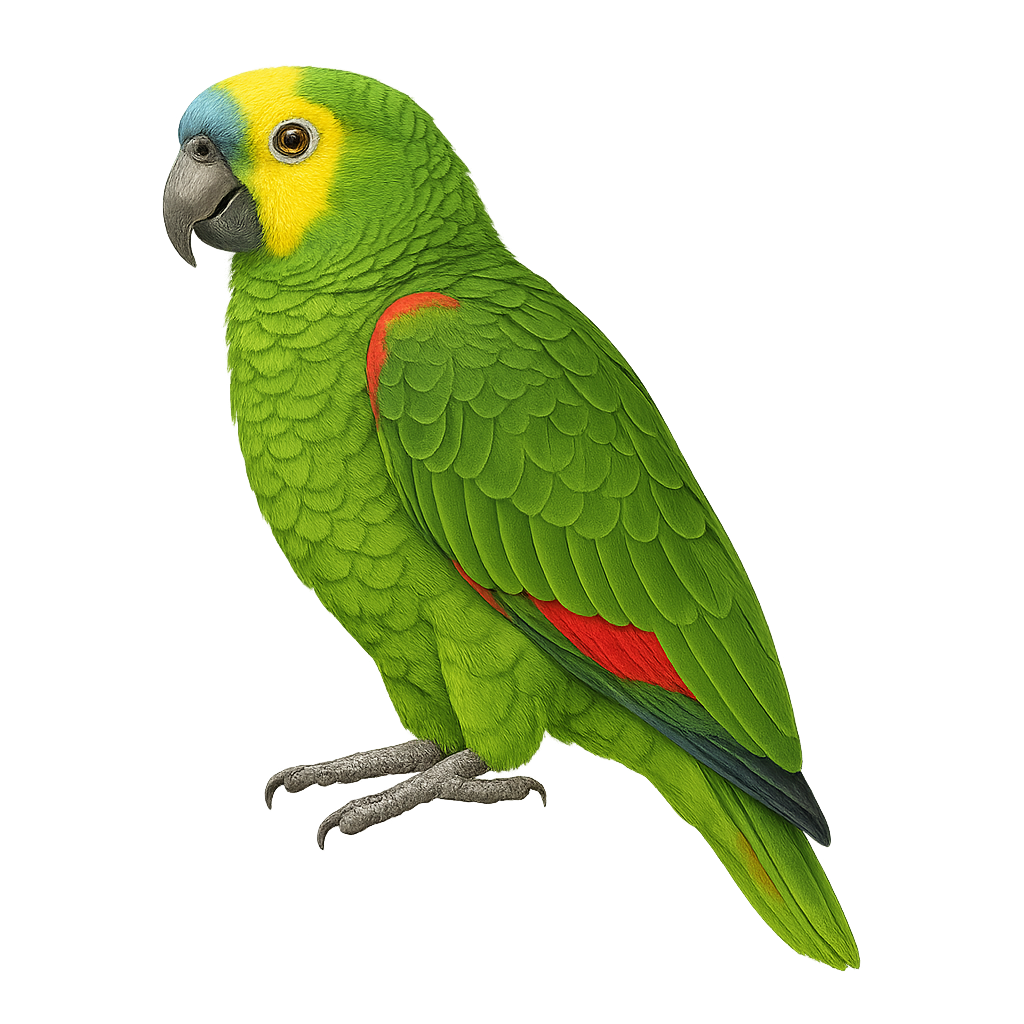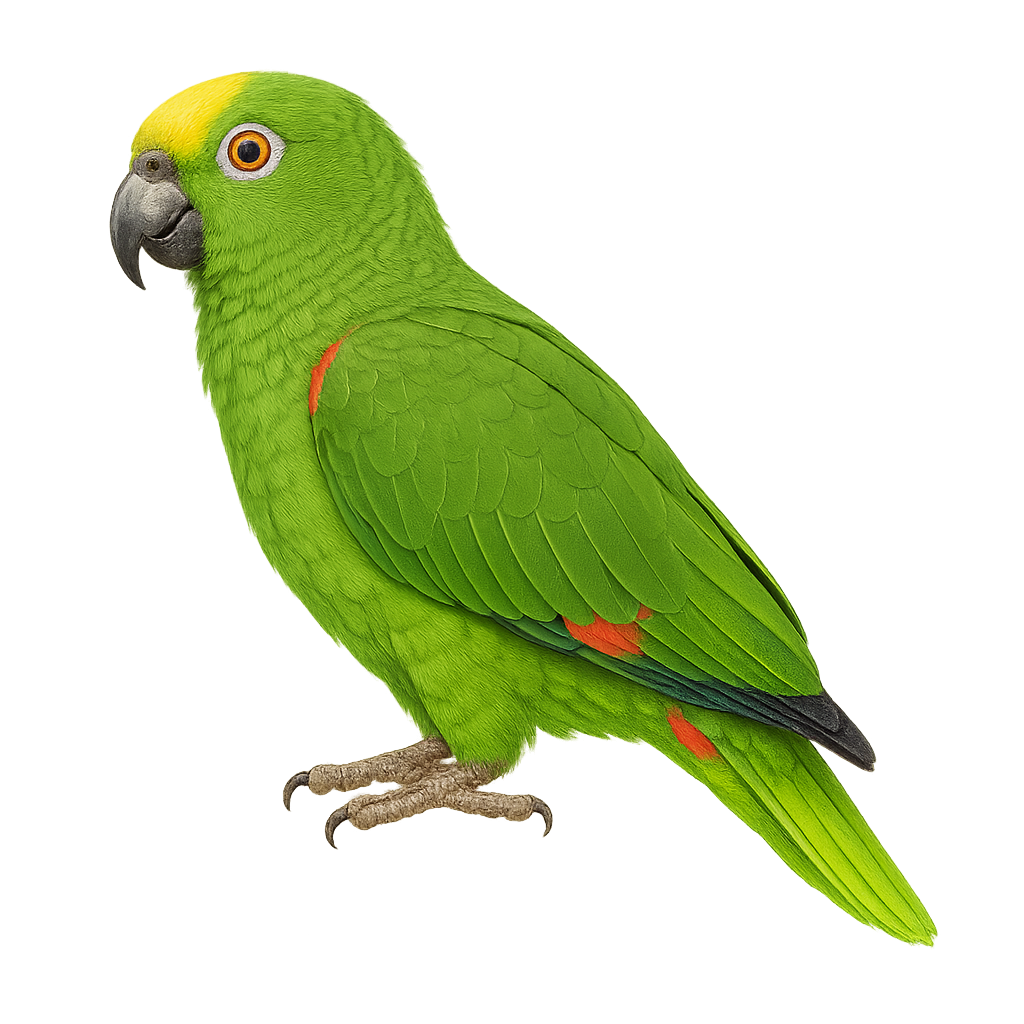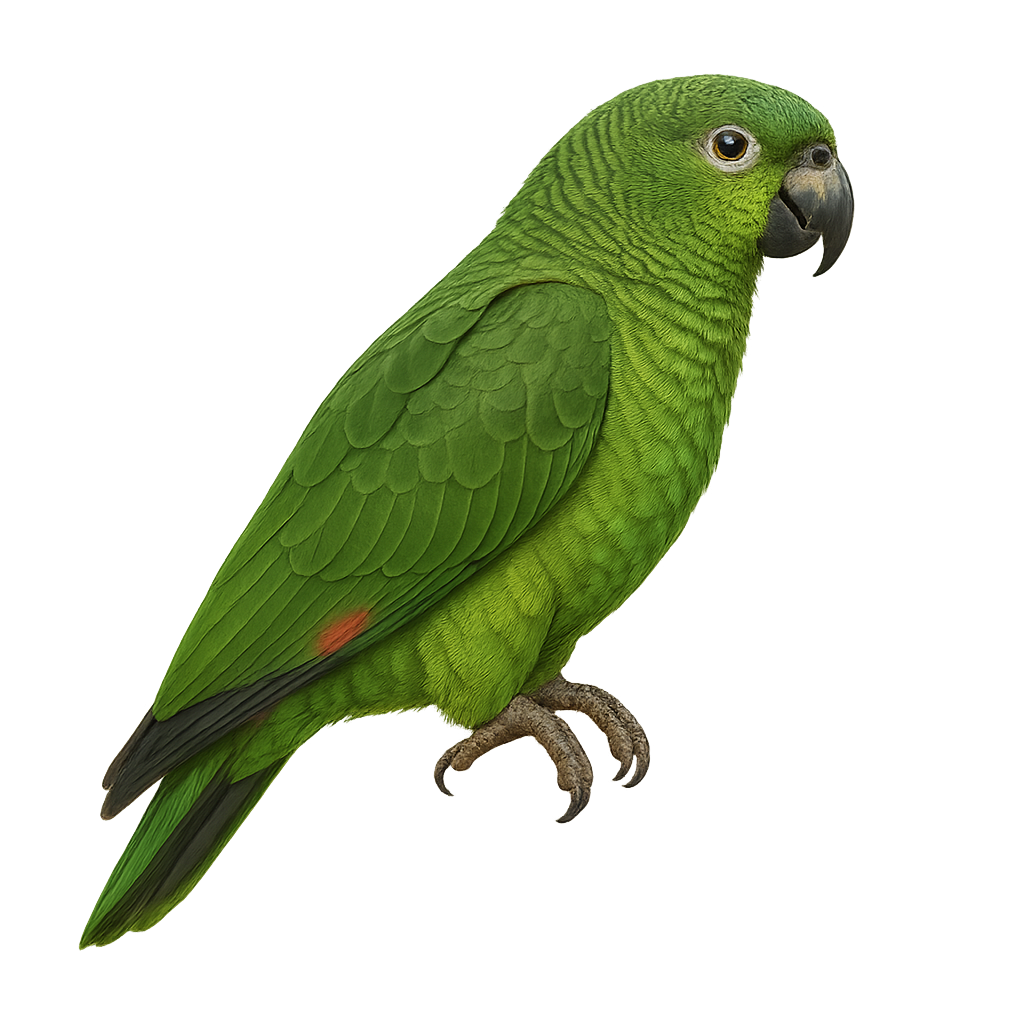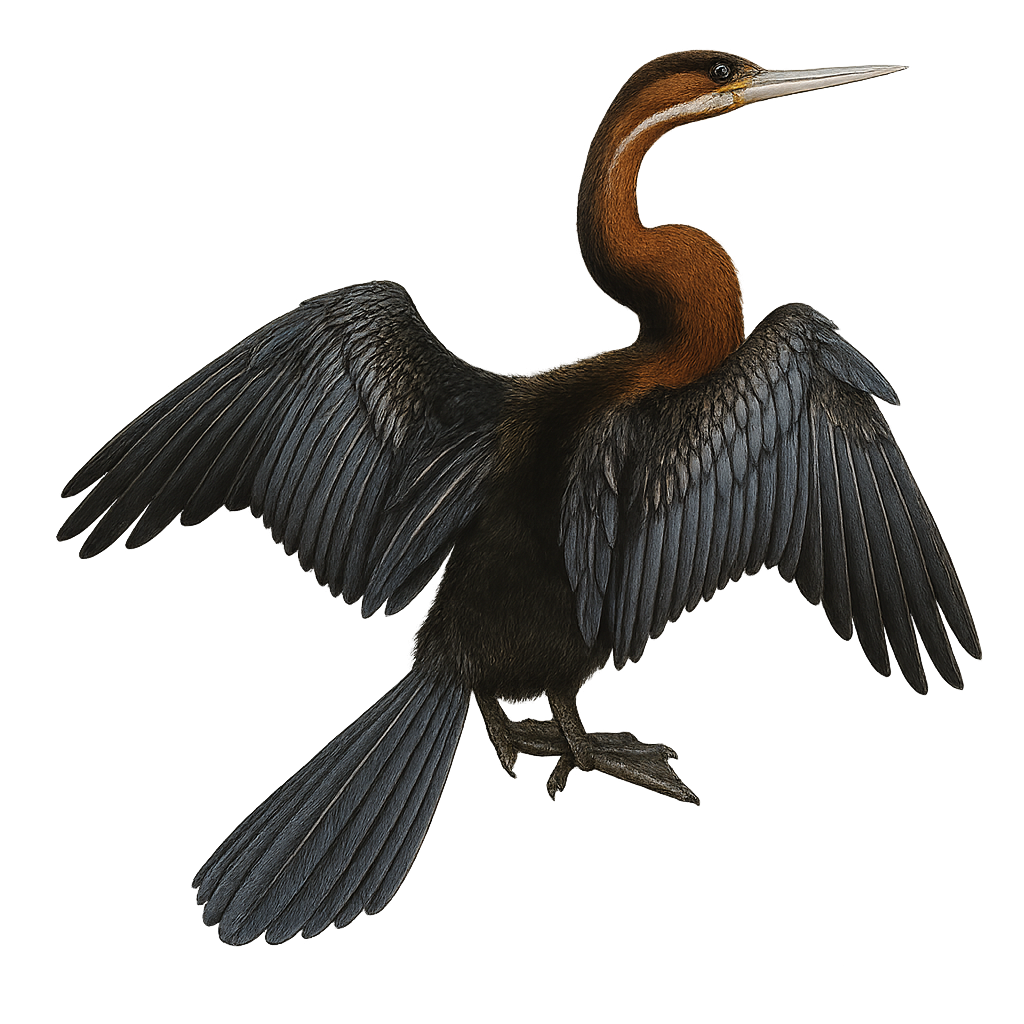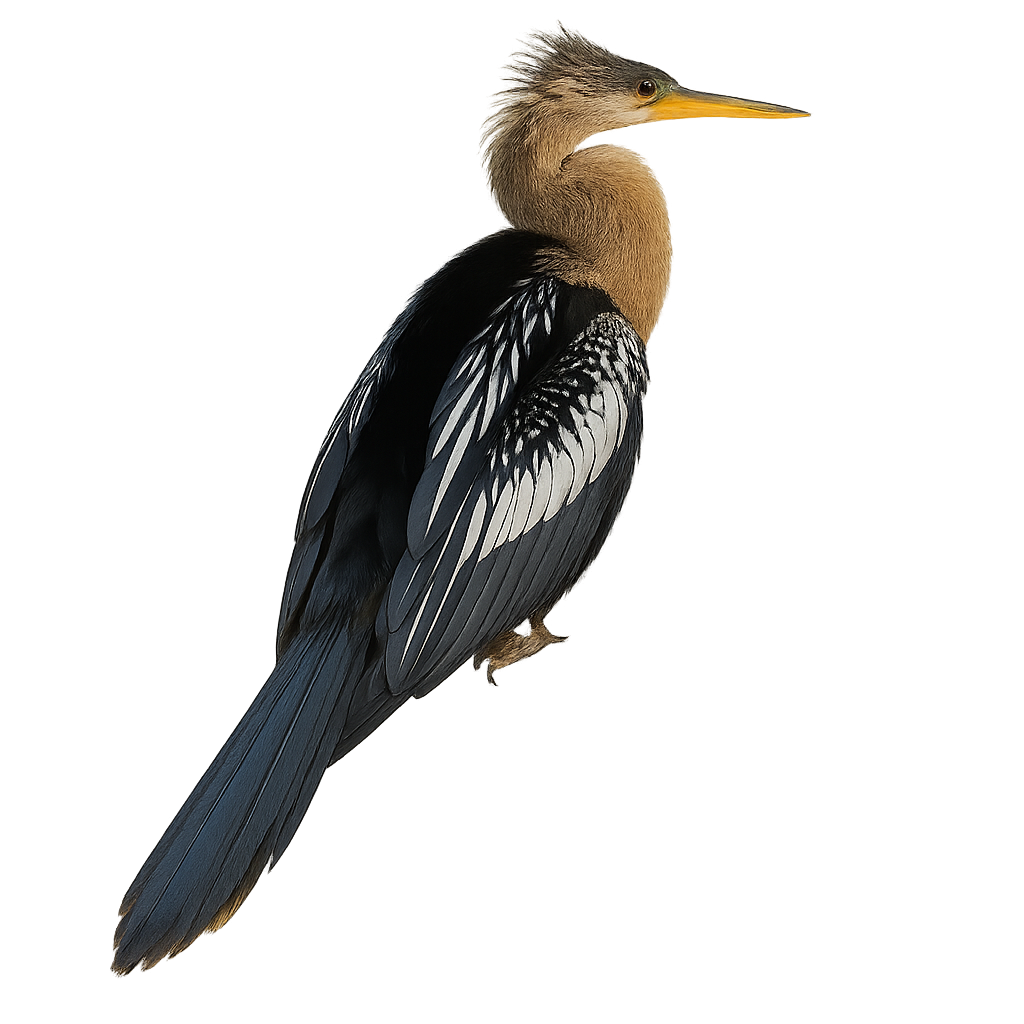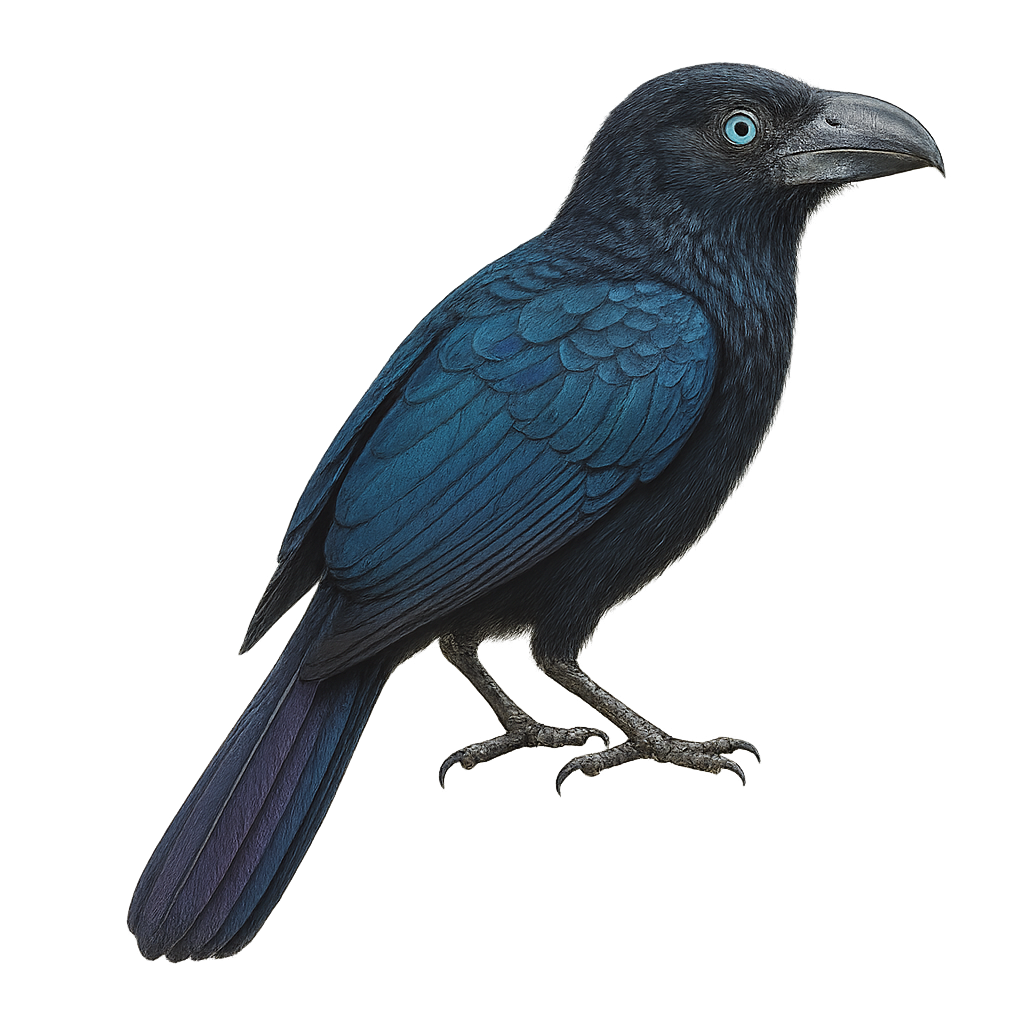The Tricolored Heron, Egretta tricolor, is a graceful and slender bird, recognizable by its distinctive slate-blue, white, and brown plumage. It measures about 56 to 76 cm in length with a wingspan of 96 to 115 cm. Its long, thin bill is ideal for catching fish and crustaceans in shallow waters. It is primarily found in marshes, mangroves, and estuaries of coastal regions in North, Central, and South America. The Tricolored Heron is a gregarious bird, often seen in small groups. It is known for its active hunting technique, running and flapping its wings to scare its prey.
The Rufous-headed Babbler, or Pellorneum ruficeps, is a small, elusive bird found primarily in the tropical forests of Southeast Asia. Its distinctive rufous head contrasts with its dull brown body, allowing it to blend seamlessly into its wooded surroundings. This bird prefers dense undergrowth where it can move stealthily in search of insects and small invertebrates. Although often heard due to its melodious song, it is rarely seen as it hides in thick foliage. The Rufous-headed Babbler is a social bird, often observed in small groups, and plays a crucial role in the ecosystem by controlling insect populations.
The Warbling Antbird, Hypocnemis cantator, is a small bird from the Thamnophilidae family, primarily found in the humid tropical forests of South America. It is recognizable by its brown and white plumage, with distinctive patterns on its head and back. This bird is often heard before it is seen, thanks to its melodious and repetitive song. It primarily feeds on insects and other small invertebrates found in the forest litter. The Warbling Antbird is a territorial bird, usually living in pairs or small family groups. It is known for its discretion and ability to blend into its dense, leafy environment.
The Atlantic Yellow-nosed Albatross, Thalassarche chlororhynchos, is a medium-sized seabird known for its bright yellow bill and long, narrow wings. It has predominantly white plumage with dark wings and a grey head. This albatross breeds mainly on islands in the South Atlantic, forming dense colonies. It is renowned for its long gliding flights over the ocean, using air currents to travel vast distances with minimal effort. Although an excellent navigator, it is threatened by longline fishing and marine pollution.
The Black-footed Albatross, Phoebastria nigripes, is a large seabird belonging to the Diomedeidae family. It is distinguished by its dark plumage, almost entirely black except for some white feathers around the beak and eyes. Its beak is strong and hooked, ideal for catching marine prey. This albatross is primarily found in the North Pacific, where it feeds on fish, squid, and crustaceans. Known for its long gliding flights over the ocean, it uses air currents to travel great distances with minimal effort. The species is monogamous, forming lasting pairs that return annually to the same nesting sites.
The black-browed albatross is a large seabird in the family Diomedeidae, measuring 90–100 cm in length with narrow wings spanning 200–230 cm, and characterized by a pale head marked by black brow streaks. It inhabits temperate to subantarctic oceanic waters and coastal areas, feeding mainly on fish and squid captured at the surface or by shallow dives, and breeds in large colonies on subantarctic islands. During the breeding season, pairs nest on coastal cliffs or grasslands and lay a single egg.
The Grey-headed Albatross, or Thalassarche chrysostoma, is a majestic seabird known for its grey head and bright yellow bill. It primarily inhabits the southern hemisphere's oceans, favoring cold and temperate waters. This albatross is an excellent glider, using air currents to travel long distances with minimal effort. It feeds mainly on fish, squid, and crustaceans, which it skillfully captures by diving. Breeding occurs on remote islands, where it builds mound-shaped nests. Although sociable at sea, it becomes territorial during the breeding season. Unfortunately, the species is threatened by longline fishing and climate change, which affect its food resources and nesting sites.
The Sooty Albatross, Phoebetria fusca, is a medium-sized seabird belonging to the Diomedeidae family. It is primarily found in subantarctic regions and is recognizable by its dark brown plumage and long, narrow wings. This albatross is an excellent glider, capable of covering long distances over the oceans thanks to its wings adapted for cruising flight. It nests on steep, often isolated cliffs and feeds mainly on squid and fish. Its population is currently threatened by longline fishing and habitat degradation.
The Buller's Albatross, Thalassarche bulleri, is a medium-sized seabird belonging to the Diomedeidae family. It is primarily found in the southern Pacific Ocean, especially around New Zealand. This albatross is distinguished by its silver-gray plumage on the back and wings, contrasting with a pure white belly. Its beak is bright yellow with a black tip, and its eyes are ringed with black, giving it a piercing look. It mainly feeds on fish and squid, which it captures by skillfully diving into the water. The Buller's Albatross is known for its long gliding flights over the waves, using air currents to travel great distances with minimal effort.
The Salvin's Albatross is a majestic seabird belonging to the Diomedeidae family. It is primarily observed in the waters of the Southern Ocean, particularly around subantarctic islands. This albatross is distinguished by its silvery-grey plumage and white head, with a pale yellow bill. It has long, slender wings that allow it to glide over vast distances above the ocean. The Salvin's Albatross feeds mainly on fish, squid, and crustaceans, which it captures by diving into the water. Although it is an excellent glider, it is vulnerable to environmental changes and industrial fishing, leading to its classification as a near-threatened species by the IUCN.
The Waved Albatross, or Phoebastria irrorata, is a remarkable seabird native to the Galápagos Islands. Known for its striking white and brown plumage, it features a bright yellow bill and long, narrow wings designed for gliding over vast oceanic distances. This albatross is famous for its elaborate courtship displays, where pairs engage in synchronized dances. Primarily monogamous, it forms lasting bonds with its mate. It feeds mainly on fish and squid, diving into the ocean to catch its prey. Unfortunately, this species is threatened by industrial fishing and climate change, which impact its food sources and nesting sites.
The Light-mantled Albatross, Phoebetria palpebrata, is an elegant and graceful seabird, easily recognizable by its dark plumage and lighter back. It has long, slender wings that allow it to glide over vast ocean distances. This albatross primarily nests on subantarctic islands, forming colonies on steep cliffs. It feeds mainly on fish, squid, and crustaceans, which it skillfully captures by diving into the water. Although its flight is majestic, it is often solitary at sea. Its population is currently stable, but it remains vulnerable to threats such as longline fishing and marine pollution.
The Royal Albatross is one of the largest and most majestic species of albatross, easily recognizable by its long, tapered wings that can span up to 3 meters. This seabird, which frequents the Australian and Antarctic oceans, is a master of gliding flight, capable of covering vast distances without flapping its wings. The Royal Albatross hunts fish and squid, which it captures with great precision by diving from the air.
During the breeding season, the Royal Albatross performs complex courtship dances to attract a mate, an impressive display that reflects the majesty of this bird.
The Buffalo Weaver, or Bubalornis niger, is a medium-sized African bird belonging to the Ploceidae family. It is primarily black with glossy highlights, and males have striking red eyes. This bird is known for its massive, ball-shaped nests, often built in colonies on thorny trees or artificial structures. It feeds mainly on seeds, insects, and small invertebrates. The Buffalo Weaver is a social bird, often seen in groups. It is widespread in the savannas and dry woodlands of sub-Saharan Africa. Although common, it is fascinating for its social behaviors and nest-building techniques.
The Cape Long-billed Lark is a bird endemic to South Africa, well adapted to arid and semi-arid environments. It is characterized by its long, curved bill, which it uses to probe the ground for insects and seeds. Its plumage is generally brown with lighter shades on the belly, providing excellent camouflage in its natural habitat. Often seen alone or in small groups, it moves quickly on the ground. Although discreet, it is known for its melodious song, often delivered from a high perch. Its adaptability to harsh conditions makes it a resilient species, although its habitat is threatened by agricultural expansion.
The lesser short-toed lark is a small passerine, 12–14 cm long, with streaked brown-grey plumage, a darker crown, and pale throat. It inhabits dry grasslands, steppes, and cereal fields across Europe, Asia, and North Africa, feeding mainly on insects and seeds on the ground. During breeding (April to July), the male performs song flights and ground displays to attract the female.
The Gillett's Lark (Calendulauda gilletti) is a discreet and little-known bird belonging to the Alaudidae family. It is mainly found in the arid and semi-arid regions of East Africa, particularly in Ethiopia and Somalia. This medium-sized bird has a sandy-brown plumage, perfect for blending into its desert environment. Its melodious and varied song is often heard at dawn and dusk, when it is most active. The Gillett's Lark primarily feeds on seeds and insects, which it finds by foraging on the ground. It builds its nest directly on the ground, hidden among dry grasses and shrubs.
The Alauda razae, commonly known as the Razo Skylark, is a bird species endemic to the island of Razo in the Cape Verde archipelago. This medium-sized bird, with its light brown plumage streaked with black, is perfectly adapted to its insular environment. It is known for its melodious and complex song, often performed in flight. The Razo Skylark is a terrestrial bird that prefers the open and arid areas of the island, where it primarily feeds on seeds and insects. Unfortunately, this species is critically endangered due to habitat loss and predation by introduced species. Conservation efforts are underway to protect this unique bird and its fragile habitat.
The Eurasian skylark is a small passerine of 15–17 cm with streaked brown plumage and pale underparts. It inhabits grasslands, cultivated fields and fallow land, feeding on seeds and insects on the ground or in flight. During the breeding season, males perform hovering song flights to attract females and defend territory.
The Lulu's lark is a small lark found primarily in meadows, heathlands, and open fields across Europe and Asia. It is distinguished by its streaked brown plumage, light belly, and its discreet ground movements. This small bird is particularly known for its powerful song, which it performs in flight during its courtship displays. The Lulu’s lark primarily feeds on insects and seeds, which it searches for in low vegetation or on the ground.
The Sabota Lark is a small ground-dwelling bird found mainly in the semi-arid regions and savannas of southern Africa. It is recognizable by its sandy-brown plumage, speckled with darker patterns that allow it to blend seamlessly into its environment. Its melodious song, often delivered in flight, is a distinctive feature of this species. It primarily feeds on seeds and insects, which it finds by foraging on the ground. The Sabota Lark is a sedentary bird, well adapted to arid conditions, and is often observed in small groups or pairs. Although its habitat is sometimes threatened by agricultural expansion, it is currently classified as of least concern by the IUCN.
The African Firefinch, or Lagonosticta rubricata, is a small African bird with bright red and brown plumage, often adorned with white spots on its belly. It is primarily found in savannas, open forests, and shrublands. This bird measures about 10 to 11 cm in length and weighs between 8 and 12 grams. Males and females exhibit sexual dimorphism, with males displaying brighter colors. They mainly feed on seeds but also consume insects. The African Firefinch is known for its melodious song and social behavior, often living in small groups. Its geographical range extends from West Africa to East Africa, and it is generally sedentary, although some local movements may occur depending on climatic conditions and resource availability.
The Yellow-shouldered Amazon is a medium-sized parrot, measuring about 33 cm in length. Its plumage is primarily green, with yellow hues on the shoulders and head. This species is endemic to the islands of Barbados and some coastal regions of Venezuela. It mainly inhabits dry forests and mangroves. The Yellow-shouldered Amazon is known for its ability to mimic sounds and its sociability. Unfortunately, it is threatened by habitat loss and illegal trade. Conservation efforts are crucial to ensure its survival.
The Blue-fronted Amazon is a medium-sized parrot, measuring about 38 to 40 cm in length. Its plumage is primarily green, with shades of blue on the forehead and yellow patches around the eyes and cheeks. The wings feature red and blue feathers, adding a vibrant touch. Native to South America, it is mainly found in Brazil, Bolivia, Paraguay, and Argentina. It inhabits various environments, from tropical forests to open savannas. Sociable and intelligent, this parrot is known for its ability to mimic human speech. Unfortunately, it is threatened by habitat loss and illegal trade.
The Yellow-headed Amazon is a medium-sized parrot known for its bright yellow head contrasting with its green body. Native to the tropical and subtropical forests of Central and South America, it is often found in woodlands and mangroves. With remarkable intelligence, this species is famous for its ability to mimic sounds and human speech, making it a popular pet. However, its wild population is declining due to deforestation and illegal trade. It typically lives in groups and feeds on fruits, seeds, and nuts. In captivity, it can live up to 50 years.
The Scaly-naped Amazon is a medium-sized parrot, measuring about 35 cm in length. Its plumage is primarily green, with blue hues on the head and red feathers on the wings. It is native to the humid forests of the Andes, living at altitudes between 1000 and 3000 m. This parrot is known for its ability to mimic sounds and its sociability. It primarily feeds on fruits, seeds, and flowers. Although its conservation status is concerning, it is still relatively common in some areas. The Scaly-naped Amazon is an intelligent and curious bird, often seen in small groups or pairs.
The African Darter, or Anhinga rufa, is a slender waterbird known for its long, snake-like neck and dark plumage. It primarily inhabits lakes, rivers, and marshes in sub-Saharan Africa. This bird is often seen swimming with only its neck and head above water, resembling a snake. The African Darter feeds mainly on fish, which it catches with its sharp, pointed bill. After fishing, it often perches on a branch to dry its wings, as its feathers are not waterproof. This behavior is crucial for maintaining its flight capability.
The Anhinga, also known as the "snakebird," is a captivating aquatic bird. It is characterized by its long, sinuous neck and sharp beak, ideal for catching fish. Its plumage is predominantly black with metallic sheens, and its wings feature distinctive silver patterns. Unlike other water birds, the Anhinga lacks oil glands to waterproof its feathers, making it more adept at diving deep to hunt. After fishing, it must dry its wings by spreading them in the sun. It is primarily found in swamps, lakes, and rivers of Central and South America.
The Groove-billed Ani is a medium-sized bird, easily identified by its glossy black plumage and distinctive grooved bill. It is primarily found in tropical and subtropical regions of Central and South America. This sociable bird lives in family groups and feeds mainly on insects, fruits, and small vertebrates. It is often seen in open areas, grasslands, and forest edges. Its call is a mix of whistles and chirps. Although generally not very shy, it can be suspicious in the presence of potential threats.
The Greater Ani, scientifically known as Crotophaga major, is a bird belonging to the Cuculidae family, predominantly found in South America. It is recognized by its glossy black plumage and thick, curved bill. This bird measures about 48 cm in length and is often seen in noisy groups. It inhabits wetlands, swamps, and flooded forests. The Greater Ani is a social bird that builds communal nests where multiple females lay their eggs. Its diet mainly consists of insects, small vertebrates, and fruits. Although relatively common within its range, it is sometimes threatened by the destruction of its natural habitat.


